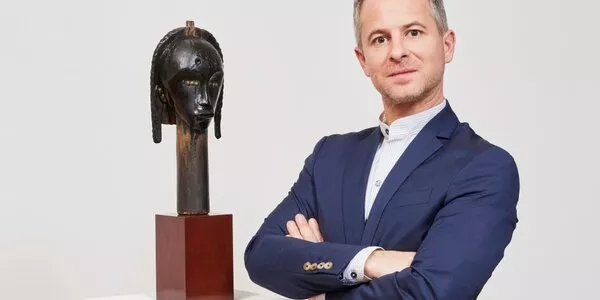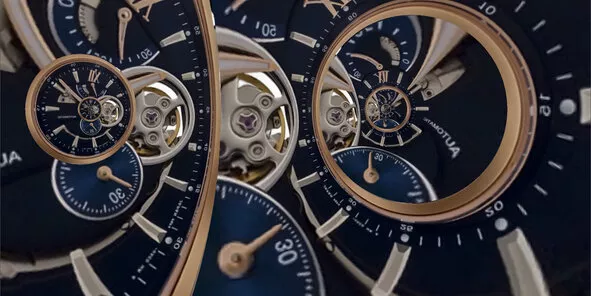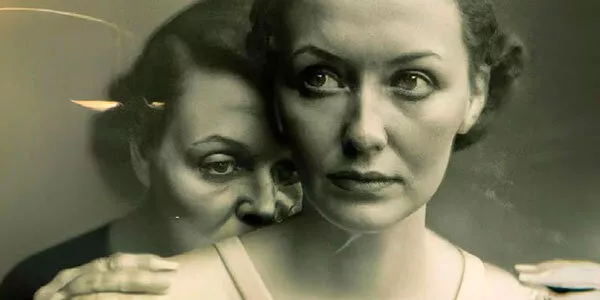
On the art of art appraising
How to appraise works of art and collectibles? What are the steps, the criteria? Three experts from Christie's France unveil the workings of these estimates and present a few concrete cases. Interview conducted by Laurent Issaurat, Head of Art Banking for our private bank.



How is appraising works of art at the heart of the business of an auction house like Christie’s ?
Emilie Villette: The request for an estimate is an essential stage in our activity, symbolising the heart of our business: mobilising our technical expertise, our knowledge of the market and our passion for works of art and collectors' items at the service of our interlocutors, regardless of their degree of experience in the various artistic categories.
For many clients, this stage is the first point of contact with our company and represents a privileged moment in an exchange that sometimes extends over several years, decades and even generations. Most frequently, we are solicited by individuals, confirmed collectors or not, families or their advice, about a work of art or several objects they own or have inherited. They ask us questions in the context of a sale project, before or after a transmission or in the context of a wider heritage reflection. Our house then provides a short description of the item and an estimate (low and high value range). This first opinion can be provided in the form of a photograph before being refined, if necessary, after a visual study of the object at its owner’s home, in a bank safety deposit box, in a warehouse or in our offices.
What are the steps in the estimating process at Christie’s ?
Emilie Villette: Several steps are involved in the estimation process. When clients contacts us whether by email, telephone or in person at one of our forty-six international offices, their request is handled by the expertise department corresponding to the type of work or object they are presenting to us. Christie's has specialists in more than eighty different artistic specialities: from contemporary paintings to design, from photography to classical decorative arts or collector's watches. The latter study the piece and, if necessary, request additional information, such as the date and place of acquisition or any known information about its provenance (i.e. the chain of its previous owners). Once they have received these elements, they may be led to carry out further research and compare their points of view collegially.
In some cases, when the typology of the item and/or its value invite them to do so, our specialists seek the advice of their counterparts in our international offices, each bringing with them specific knowledge of their local market and the tastes of buyers in their region. For example, to determine the valuation of a work by the famous Franco-Chinese painter Zao Wou-Ki, much sought-after by Asian collectors today, the Paris team works in concert with the Hong Kong team. Indeed, it is the strength of an international firm to be able to combine expertise on the same work across continents in order to remain as close as possible to the market and the demand of buyers around the world.
Are the estimates made by a house like Christie's confidential? Do they have a cost?
Emilie Villette: In our house, estimates are done free of charge and without obligation. In addition, they are strictly confidential. Discretion is at the heart of the relationship with the families we accompany in their projects of estimates, acquisitions or cessions of works of art and collectibles.
Does the lower end of the range necessarily correspond to the 'reserve price' in the context of a sale?
Emilie Villette: In case of sale, the reserve price, strictly confidential between the owner(s) of the work and the auction house, represents the minimum price below which it will not be awarded. The law requires that the reserve price cannot be higher than the low estimate. It may be fixed by mutual agreement below the low estimate. In the majority of cases, we suggest that the reserve price be set at the low estimate, and that, if necessary, the day before the sale be discussed again depending on the interest in the work.
What are the fundamental factors that determine the value of an object?
Emilie Villette: First of all, be careful not to confuse "value" and "price" of a work of art. Indeed, it is important to keep in mind that what we are talking about in the context of a sales house is the "value on the second market", i.e. the resale price. Beyond this price, an object may have an emotional, historical, symbolic value -decorrelated from its financial value. Works of art are by nature unique objects and a number of criteria must be considered in order to be able to value them: quality, rarity, suitability for current tastes, "freshness", state of preservation and provenance. It is basically a question of being able to give an opinion on the desirability of the item in a market that has become increasingly selective.
Quality and rarity are assessed on the basis of each item’s own characteristics: notoriety of its author, authenticity, dating, subject represented, technique used, format, ... In accordance, beyond the prestige of the name of the artist, the market favours the best of his or her production, which is sought after by collectors. But more subjective criteria are also taken into account. The evolution of taste and lifestyles, the trends and certain fashion effects can have a direct influence on the price of a work. As does the ecosystem surrounding the artist: who collects it, who defends it on the market, is he or she represented in the collections of major museums, etc.? The notion of "freshness" is also important. If a work is a (re)discovery, offered for the first time at auction, or if it has remained off the market for several decades, it will be all the more desirable. On the other hand, when a work reappears too quickly at public auction, it may be discounted or even not sold at all. This risk can also affect works in a poor state of conservation. Finally, by provenance or pedigree, we mean the chronology of the object's ownership, but also its presence at important exhibitions or its mention in reference publications. Works from prestigious or historical collections thus have a kind of extra soul that has a positive impact on their value.
Do you use market comparables to establish your estimates?
Emilie Villette: With the development of new technologies and online databases, market comparables are now an integral part of the work appraisal process. However, it is necessary to keep in mind that, in order to be exploited, these comparables must be interpreted by our specialists and put into context. Estimating the value of a work of art is not an exact science.
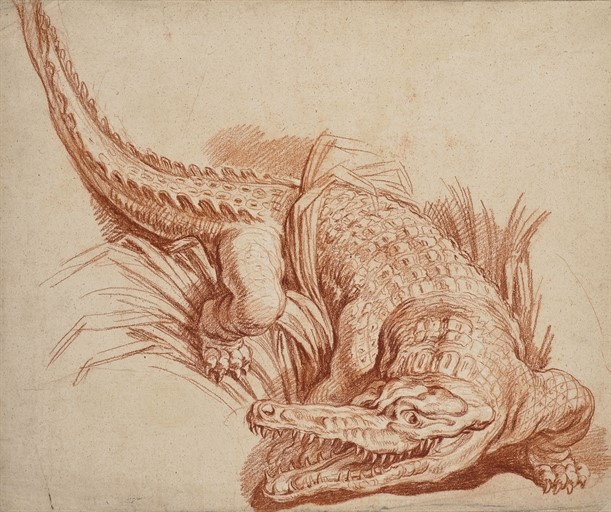
Examples of significant revisions in value
Hélène Rihal: In my field, that of ancient art (1400-1900), changes of attributions are frequent. The work of art may have lost its authorship over the centuries, especially when it concerns ancient drawings that are rarely signed, considered most of the time by the artist as a sketch, an idea, before the final project on canvas or panel. Our job is thus to try to give it back a name, which will increase - sometimes considerably -its value.
In our last sale of Ancient and 19th Century Drawings in May 2020, we presented an « Etude de Crocodile entre les roseaux » which we were able to attribute to François Boucher. When the drawing arrived at Christie's, the owner did not know the artist's name. The style, the technique of the sanguine and the paper evoked an 18th century French drawing. Our investigative work then began... Who could have drawn such exotic animals in France between 1700 and 1750? Answer: the artists who took part in the project to decorate the Palace of Versailles on the theme of Exotic Hunting at the request of King Louis XV.
All that remained for us to do was to study the work of the various painters and discover that our crocodile was a preparatory drawing for the painting of the « Chasse au crocodile » (« Crocodile Hunt »), painted in 1739 by François Boucher and now kept in the Picardie Museum in Amiens. Ultimate step: to submit our attribution to the art historian, a great specialist of the artist in question, whose opinion is an authority on the market which, in this case, confirmed it.
Thus, from an anonymous 18th century drawing estimated at EUR 5,000-7,000, we moved on to a sheet by François Boucher revalued at EUR 10,000-15,000, a very reasonable and attractive estimate, to arrive at a final result of EUR 60,000 (including costs) on the day of the sale. A nice added value for its owner thanks to the research work of our team who are constantly looking for the right allocation.
Image: © Christie’s Images Limited
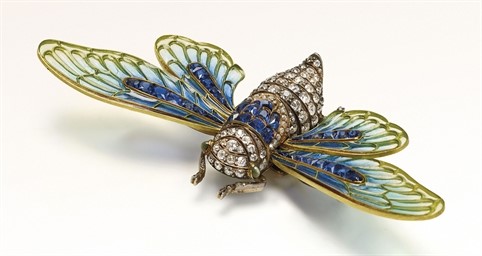
EXAMPLES OF SIGNIFICANT REVISIONS IN VALUE
Mafalda Chenu: Now here is a second example in a completely different field: that of jewellery. Coming from a private collection, it is with an initial estimate of EUR 20,000-30,000 , that this updated enamel Art Nouveau brooch was to go on sale. The fineness of the enamel, its delicate polychromy and the work of articulation of the wings set "en trembleuse" have however caught our attention. It is while looking for who could be at the origin of such a refined piece that we discovered the design of a similar brooch in a book featuring the house of Boucheron. We therefore got closer to their teams and obtained the long-awaited confirmation. The cicada was indeed a work of Boucheron, which then published a certificate for the brooch and provided some additional information. The cicada entrusted to us was one of the seven rare examples made in the 1900s. The estimate raised to EUR 50,000-80,000 , and was finally largely exceeded to reach a result of 355,500 in November 2018.
Image: © Christie’s Images Limited
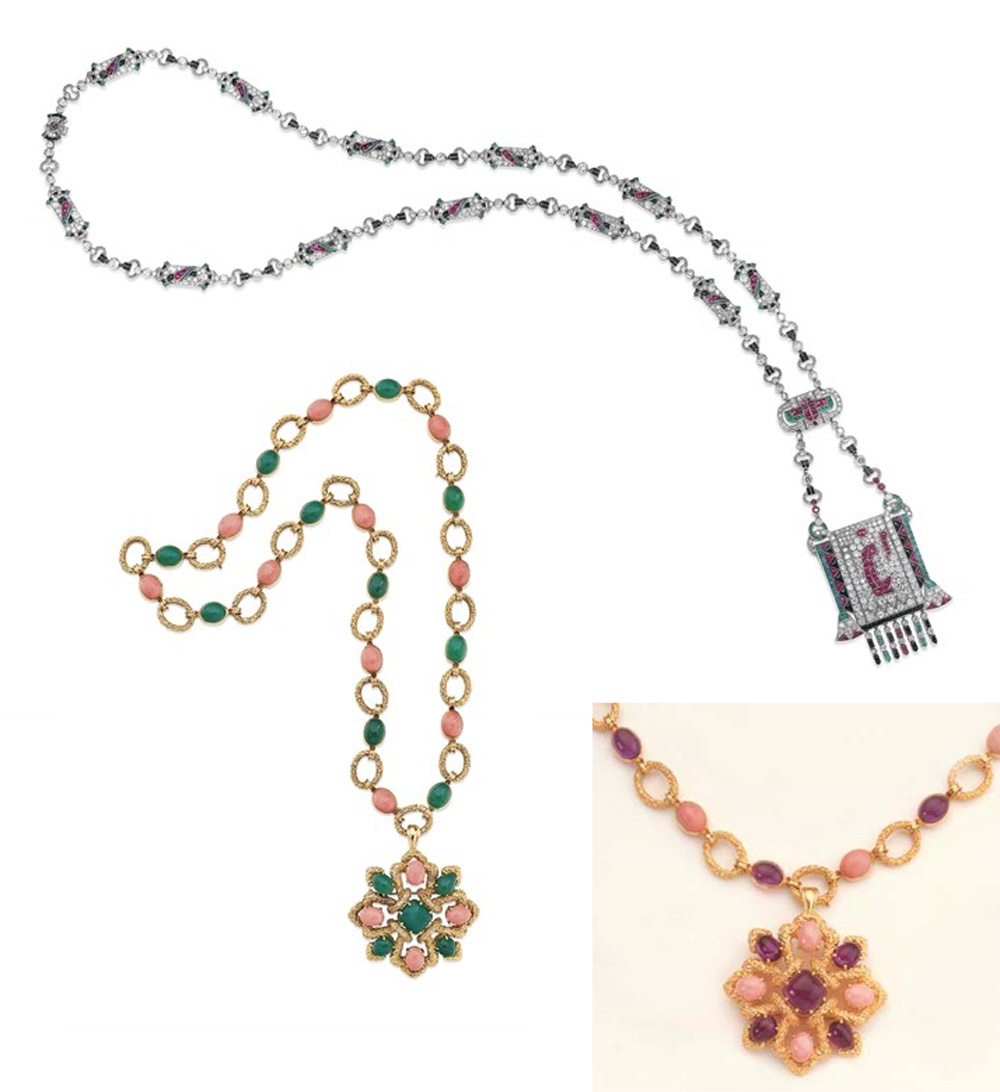
Change in the value of the objects over time: a few examples
Emilie Villette: The value of objects is necessarily moving in time and space according to the evolution of taste and lifestyles or, in the shorter term, the trends and certain fashion effects. This is a very fundamental point. In a very general way, everyone has been able to observe the rise of modern and contemporary creation to the detriment of more classical art forms.
Mafalda Chenu: To give you two concrete examples, let's continue in my field, that of jewellery. The current market is particularly fond of vintage signed pieces. Prices have risen very significantly for jewellery signed by the Place Vendôme jewellers. This phenomenon has increased tenfold for pieces from the Art Deco period, which have certainly been appreciated for a long time but which prices have continued to rise, such as this rare necklace made by Van Cleef & Arpels, sold for CHF 465,500 at Christie's in 1998, and resold by our company for CHF 4,332,500 twenty years later in 2018. Certain periods abandoned a few years ago are today particularly sought after, such as pieces from the 1970s. As an example, we can quote this long necklace in coral and amethysts made by Van Cleef & Arpels sold for EUR 8,225 in 2002, which pendant in chrysoprase and coral sold for 37,500 in 2019.
Images: © Christie’s Images Limited
